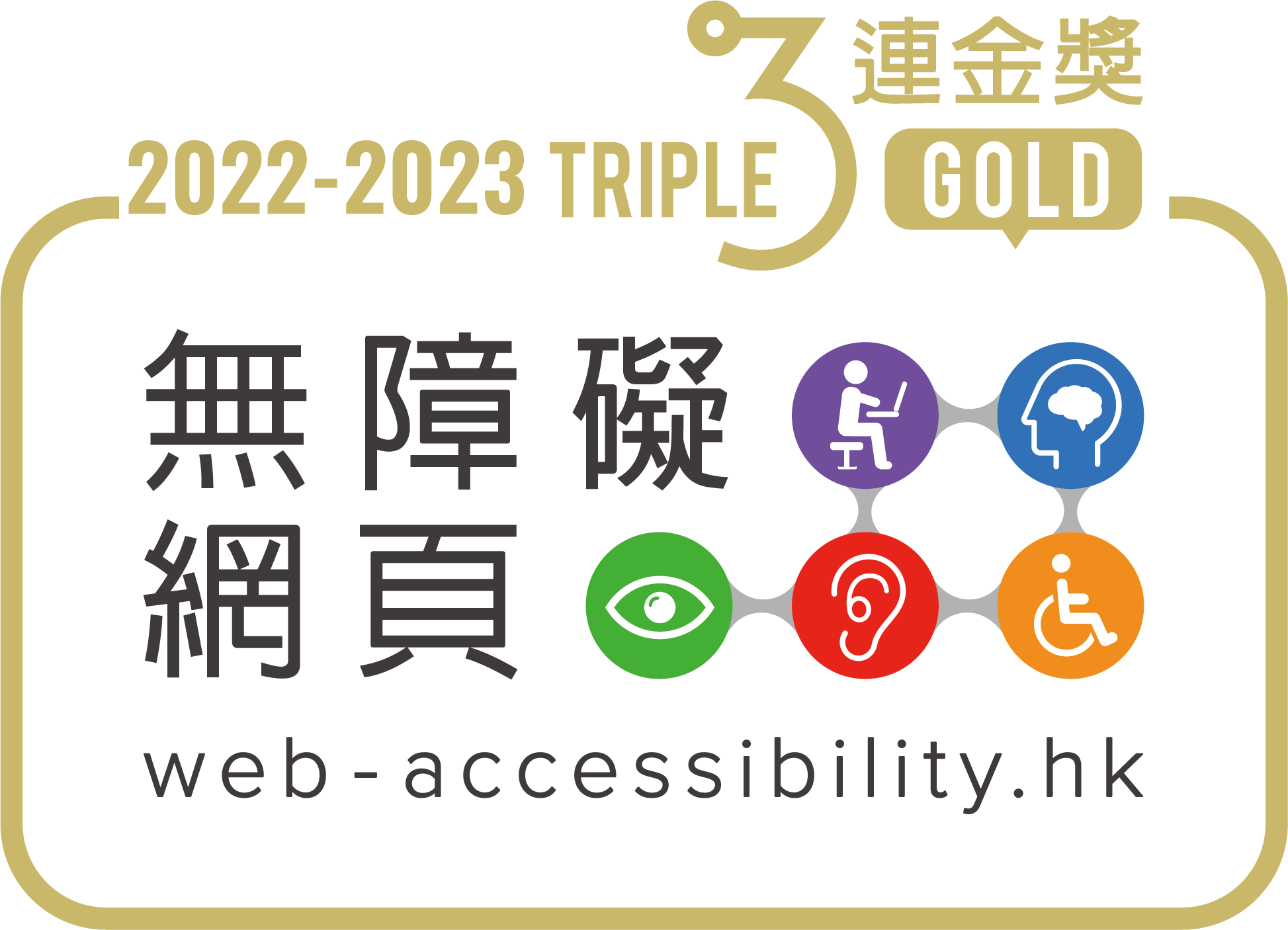Hearing impairment (HI) refers to a disorder in any part of the auditory system affecting the hearing ability. The normal hearing threshold is -10 to 25 decibels (db). HI is defined when an ear can only receive sounds of 26 decibels or more and can be divided into the following five levels of severity:
|
Degree of Hearing Impairment |
Hearing Threshold (dB HL) |
|
Mild |
26-40 |
|
Moderate |
41-55 |
|
Moderately severe |
56-70 |
|
Severe |
71-90 |
|
Profound |
Over 90 |
Students with HI usually make use of the following learning aids for speech perception:
• Hearing aids including cochlear implants
• Assistive listening devices such as induction loops and Frequency Modulated (FM) systems
• Lip reading
• Sign language interpretation
• Real-time captioning device
General Difficulties Encountered by Students with HI
- Difficulties in comprehending conversations when listening to someone speaking softly or conversing in a noisy environment
- Challenges in following rapid verbal exchange, thus leading to difficulties in the participation of group discussions and interactions
- Difficulties in listening to audio clips or videos without subtitles
Useful Tips for Supporting Students with HI
• Communication:
1. Check with the student to confirm the preferred mode of communication (e.g. face-to-face, email, etc.)
2. Gain the student’s attention (e.g. by calling his/her name) before beginning a conversation
3. Speak clearly and slowly without exaggerating mouth movements
4. Pause between sentences/phrases to ensure you have been understood before going on
5. Minimize extraneous noise when talking (e.g. pick a quiet environment for discussion)
6. Provide pertinent information in writing (e.g. directions, schedules)
7. Summarize key points discussed if necessary
• Inclusive Teaching:
1. Encourage the student to find a seat where he/ she will have an unobstructed line of vision
2. Make use of assistive listening/real-time captioning devices as provided by the student
3. Minimize background noise
4. Enable real-time captioning for online classes
5. Provide lecture materials prior to class to facilitate students’ preparation for class
6. Permit audio/video recordings of lectures to facilitate students’ revision/learning after class
7. Adjust lighting in the teaching environment, especially for students who depend on lip-reading and/or sign interpretation service
8. Discuss special learning and/or exam arrangements privately with students concerned
9. Acknowledge and show respect for diversity in learning needs
• Assignment & Assessment:
1. Consider alternatives to those assignments and/or exams that are based on oral presentations
2. Consider extra time in quizzes/tests/exams if necessary
3. Arrange a separate venue for quizzes/tests/exams to minimize distractions and noise
4. Provide written instructions during exams
References
1. Information on HI (The Hong Kong Society for Hearing Impaired Person)
2. Inclusive Teaching for Students with HI (Australian Disability Clearinghouse on Education and Training, Australia)




